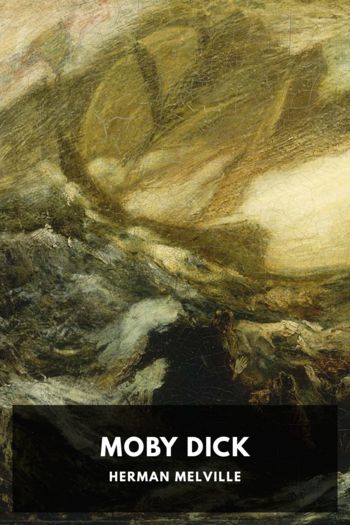Napoleon III and the French Second Empire Roger Price (novels to read .txt) 📖

- Author: Roger Price
Book online «Napoleon III and the French Second Empire Roger Price (novels to read .txt) 📖». Author Roger Price
limiting the Legitimists’ ability to use the clergy as a means of appealing for mass support. Only the Emperor’s military intervention in Italy and an outcome which was unfavourable to the interests of the Papacy and offensive to the ultramontane instincts of most of the clergy, revived the traditional clerico-legitimist alliance.
Even then, the results in terms of popular support were to be disappointing. Most practising Catholics failed to appreciate the need to protect the Pope’s temporal 35
power, partly because of the declining influence of the clergy, but mainly due to the competing attractions of the regime and, to a lesser degree, of an increasingly anti-clerical republican opposition.
This Republican opposition remained weak throughout the 1850s and beyond.
The process of politicisation undergone during the Second Republic had not lasted long enough in most regions to establish a permanent mass commitment to the republic. The intensification of repression, moreover, had led to the disappearance of republican newspapers and organisations. The context for political activity, so fundamentally altered in February 1848, once again had drastically changed. The general atmosphere, especially in areas in which insurrections had occurred in December 1851, was described by one senior official as of ‘humble and universal submission to the regime’. Many former activists, knowing themselves to be
marked men, chose prudent inactivity. Between 1852 and at least 1857,
administrative reports from the provinces reveal a sentiment of security, in great contrast with their extremely alarmist nature prior to the coup d’état. Nevertheless, even in these dark days, republican militants continued, cautiously, to meet. Using the camouflage provided by a multiplicity of voluntary and leisure associations which recruited through co-option, gatherings in work places, bars and private homes continued to provide cover for political activity. Individual protest occurred through seditious shouts and placards, while funerals supplied an occasional opportunity for the public demonstration of local support. Even in the years of relative political quiescence, prefects and state prosecutors continued to make reports, usually quite unsubstantiated, concerning the existence of republican secret societies. In March 1853, for example, the existence of a network with 19, 000 members in southern France was posited; more real, but still not posing a very substantial threat, was la Marianne, an organisation discovered in March 1855
with members in working-class districts of Paris and its suburbs and in diverse departments including the Nièvre, Loire-et-Cher and Maine-et-Loire. The most radical activists, according to the scanty evidence of underground activity, from such diverse milieu as Lille, Limoges, Toulouse and Draguignon (Var), appear to have been generally workers who resented bitterly the timidity, pretensions and social conservatism of the usually bourgeois local leadership. Pamphlets by exiles like Felix Pyat and most notably Victor Hugo (whose Napoléon le petit, Histoire d’un crime and Châtiments set the tone for generations of republican historians) were smuggled across the frontiers without too much difficulty. Bianchi’s The Industrial Worker in a Religious and Conservative Society (1855) was read avidly by workers in Lille, a city in which, as in Paris or Lyon, an old-established 36
republican tradition was able to resist the blandishments of the new regime and the de-politicisation which occurred elsewhere. Generally, however, it appears as if during the inevitable and frequently rancorous post-mortem and reappraisal of objectives and tactics which took place in these years, most republican militants determined to avoid further recourse to violence.
In spite of continued repression, it seems likely that the number of committed republicans remained more numerous than before 1848. Embittered by failure and repression, they began the long process of restoring links with sympathisers and of combating the often very genuine attractions of the imperial regime. Little is known about who these militants were, although according to a police list of republican activists in Lille in 1855 41 per cent were artisans, shopkeepers and small merchants, 10 per cent were middle bourgeois small manufacturers, and the rest mainly textile workers (Ménager 1979: 404). By 1858, it seems that members of the liberal professions were also returning to political opposition. In small provincial towns landowners, professional men, tradesmen and artisans began again to use their personal influence to win over the masses. The republican movement remained socially diverse, although in comparison with the Second
Republic peasant support had declined markedly. Nevertheless, the cadres
necessary for the eventual re-emergence of the republican party had frequently remained in existence or were being reconstituted gradually. In July 1853, the police chief in a previously agitated town like Cuers (Var) complained that the démoc-socs had established a sort of





Comments (0)